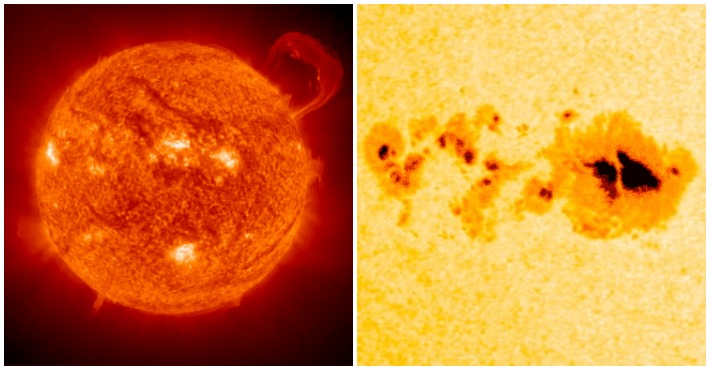
15 Jul NASA Have Found A 75,000 Mile-Wide Hole In The Sun That Could Create Radiation Storms
I think it’s fair to say we take the sun for granted. We all know that the 695,000 kilometre wide sphere of hot plasma gives our little planet life as we hurtle around it at 30 kilometres per second, but it’s not really something we think about in our day to day lives. We comment on the weather, talking about how long it’s been since the sun was out, or how blisteringly hot it is on a summer afternoon, but the sheer magnitude of what causes it is often not addressed.
The sun itself will eventually expand into a red giant, engulfing our planet and the rest of the solar system. But that will be in around 7.5 billion years from now, so we have more pressing things to worry about like global warming and the harmful effects of UV rays.
So even as the sun gives us warmth and life, it also poses a distant threat to our humble planet, so our best scientists tend to keep an eye on it at all times. Scientists study the surface of the sun for various things, including sunspots. A sunspot is a phenomena where dark spots appear on the surface, and the temperature has dropped due to a flux in the magnetic field.

They can occur for anything from a few days to a few months, but eventually disappear. Most solar flares originate in regions of sunspots, which can then go on to cause disturbances in the weather. This week, NASA have revealed that one sunspot has become visible on the sun’s surface, and it’s a lot bigger than you would expect.
The post NASA Have Found A 75,000 Mile-Wide Hole In The Sun That Could Create Radiation Storms appeared first on Viral Thread.


Sorry, the comment form is closed at this time.